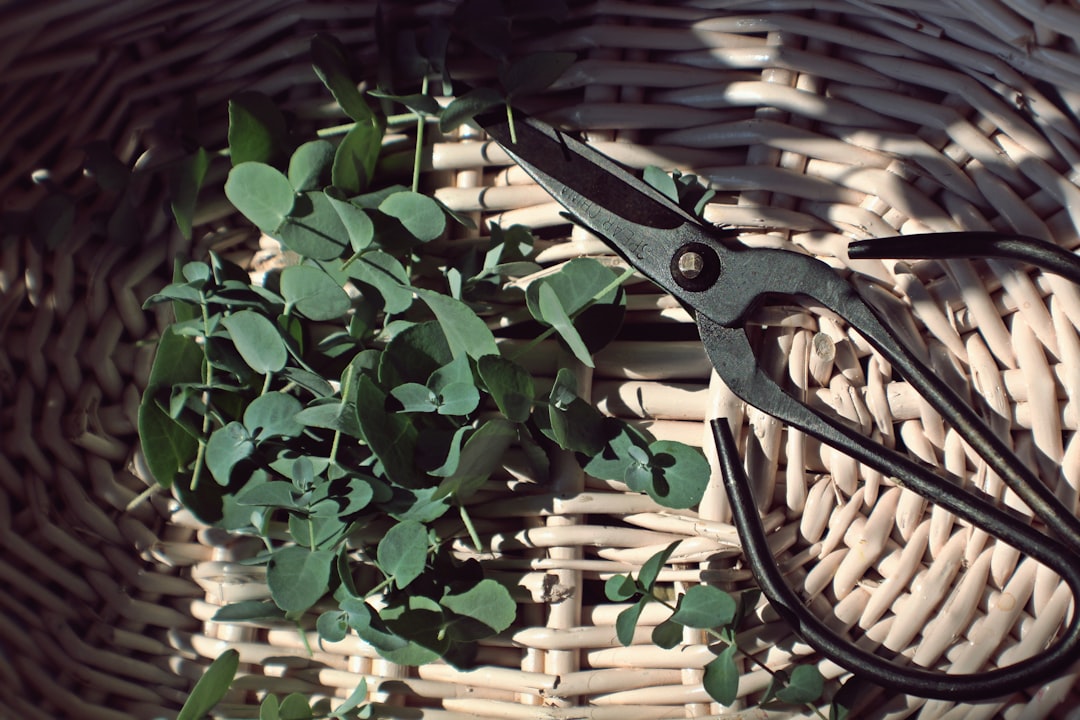Transform Your Outdoor Space into a Pollinator's Paradise

Creating a garden that is not only visually stunning but also friendly to pollinators is a rewarding endeavor. By incorporating nectar - rich plants, you can attract a wide variety of beneficial insects and birds, while also adding a splash of color and beauty to your outdoor space. In this guide, we'll explore some of the best nectar - rich plants to include in your garden design, along with tips on how to create an environment that is truly inviting to pollinators.
One of the top choices for a pollinator - friendly garden is the Butterfly Bush (Buddleja davidii). As the name suggests, this plant is a magnet for butterflies. Its long, cone - shaped flower clusters come in a range of colors, from purple and pink to white and yellow. The sweet nectar of the Butterfly Bush provides a valuable food source for butterflies, bees, and hummingbirds. It thrives in full sun and well - drained soil, making it a relatively low - maintenance addition to your garden. When planting, make sure to give it enough space to grow, as it can reach heights of up to 6 - 10 feet.
Another excellent option is the Coneflower (Echinacea purpurea). These daisy - like flowers are not only beautiful but also highly attractive to pollinators. Their large, central cones are filled with nectar, which is easily accessible to bees and butterflies. Coneflowers come in various colors, with purple being the most common, but you can also find white, pink, and orange varieties. They are drought - tolerant and can grow in a wide range of soil types, making them a great choice for beginner gardeners. Plant them in full sun or partial shade for best results.
Lavender (Lavandula) is a classic garden plant that is loved for its fragrant purple flowers and its ability to attract pollinators. The long spikes of lavender flowers are rich in nectar, and their sweet aroma fills the air. Bees are particularly fond of lavender, and it also adds a touch of elegance to any garden. Lavender prefers well - drained soil and full sun. It is a relatively compact plant, making it suitable for small gardens or containers. Prune it regularly to keep it looking neat and to encourage new growth.
Salvia is a diverse genus of plants that includes many species that are great for pollinators. Salvia splendens, also known as Scarlet Sage, has bright red flowers that are highly attractive to hummingbirds. Other species, like Salvia nemorosa, have blue or purple flowers that draw in bees and butterflies. Salvias are generally easy to grow and can tolerate a variety of soil conditions. They do best in full sun and require regular watering during dry spells.
Sunflowers (Helianthus annuus) are not only a symbol of summer but also a haven for pollinators. Their large, showy flowers produce an abundance of nectar and pollen. Bees, butterflies, and even birds are attracted to sunflowers. They come in different sizes, from dwarf varieties that are suitable for containers to giant ones that can reach over 10 feet tall. Plant sunflowers in a sunny spot with well - drained soil, and make sure to provide support for the taller varieties as they grow.
When designing your pollinator - friendly garden, it's important to consider the layout and arrangement of your plants. Grouping plants together by color and type can create a more visually appealing display and make it easier for pollinators to find the nectar they need. Also, provide some shelter for pollinators, such as small shrubs or rock piles. This can give them a place to rest and hide from predators.
Another aspect to keep in mind is the blooming season. Choose a variety of plants that bloom at different times throughout the year. This ensures that there is a continuous supply of nectar for pollinators from spring to fall. For example, plant early - blooming bulbs like crocuses and daffodils in the spring, followed by the plants mentioned above in the summer, and finish with late - blooming asters and goldenrods in the fall.
In addition to choosing the right plants, avoid using pesticides in your garden. Pesticides can be harmful to pollinators, killing them or reducing their ability to reproduce. Instead, use natural pest control methods, such as companion planting. For example, planting marigolds near your vegetables can help repel pests without harming pollinators.
Creating a gorgeous, pollinator - friendly garden takes time and effort, but the rewards are well worth it. You'll not only enjoy a beautiful outdoor space filled with color and fragrance, but you'll also be doing your part to support the health and well - being of pollinators. So, roll up your sleeves, get your gardening tools, and start creating your very own pollinator's paradise today.